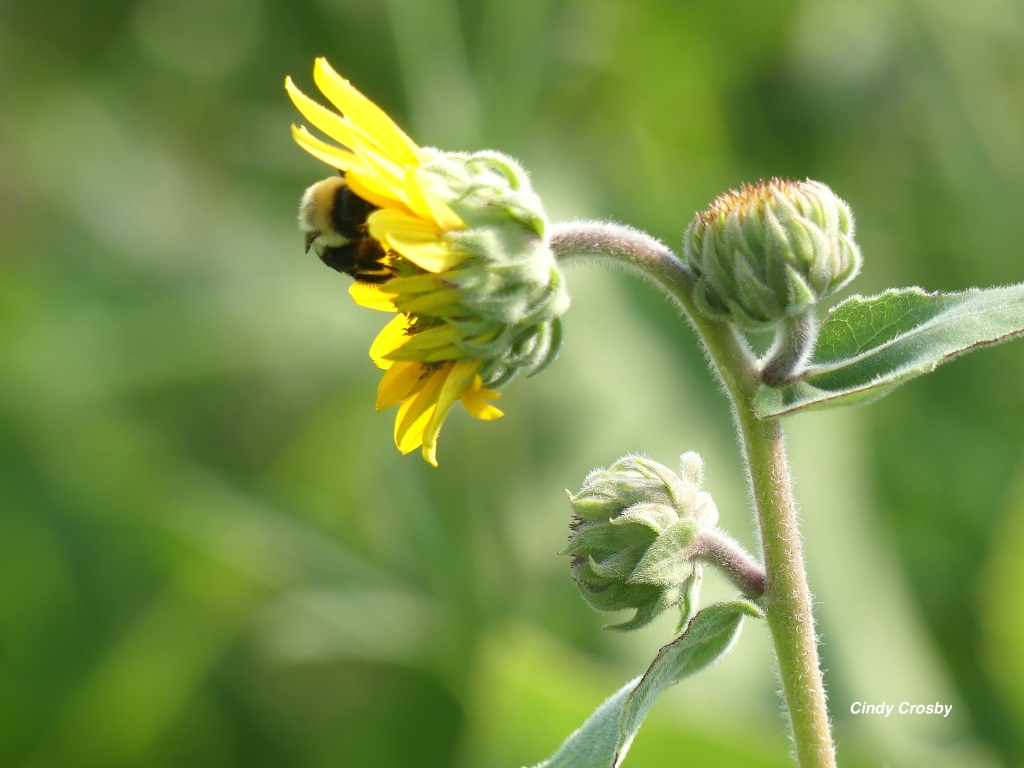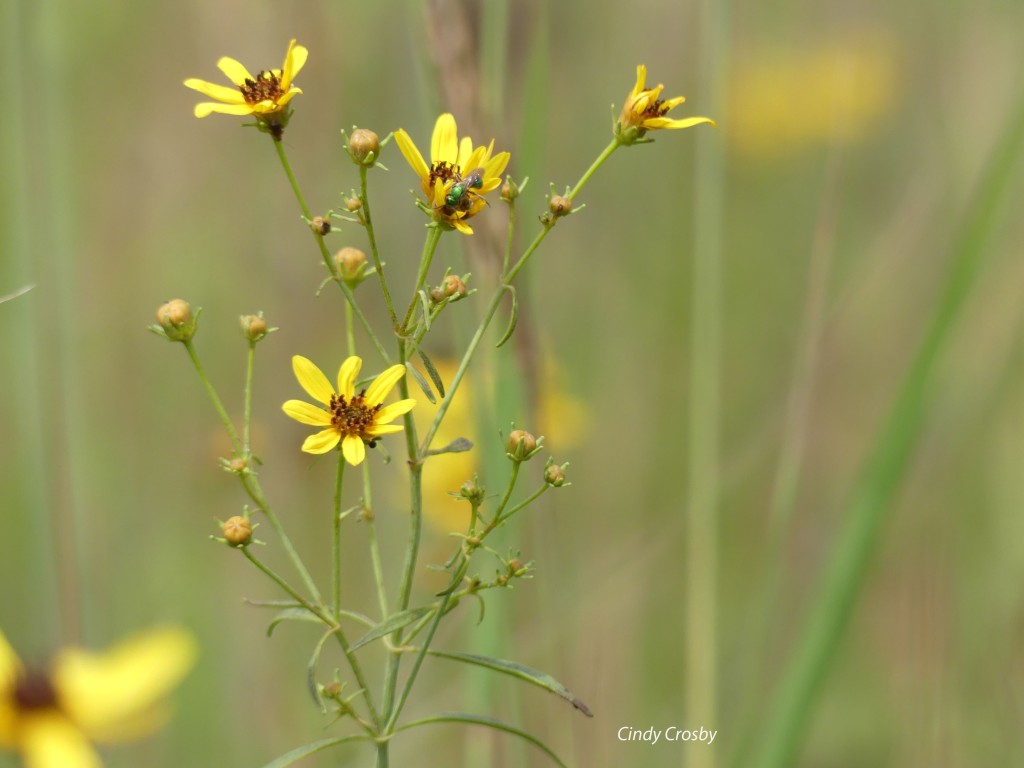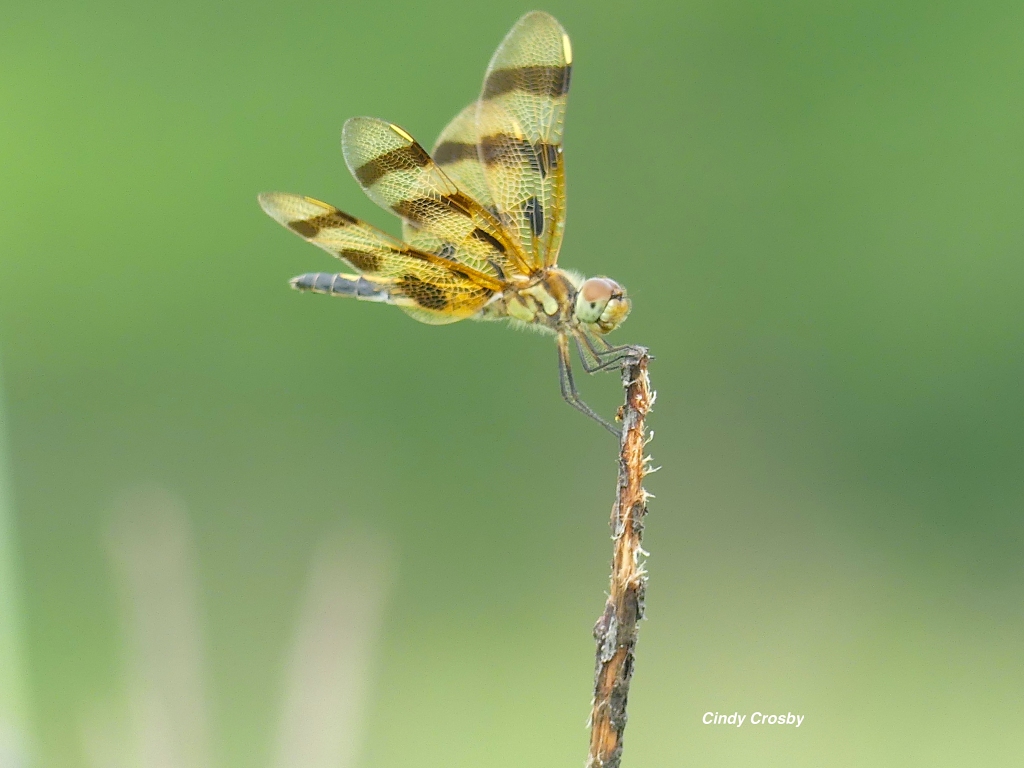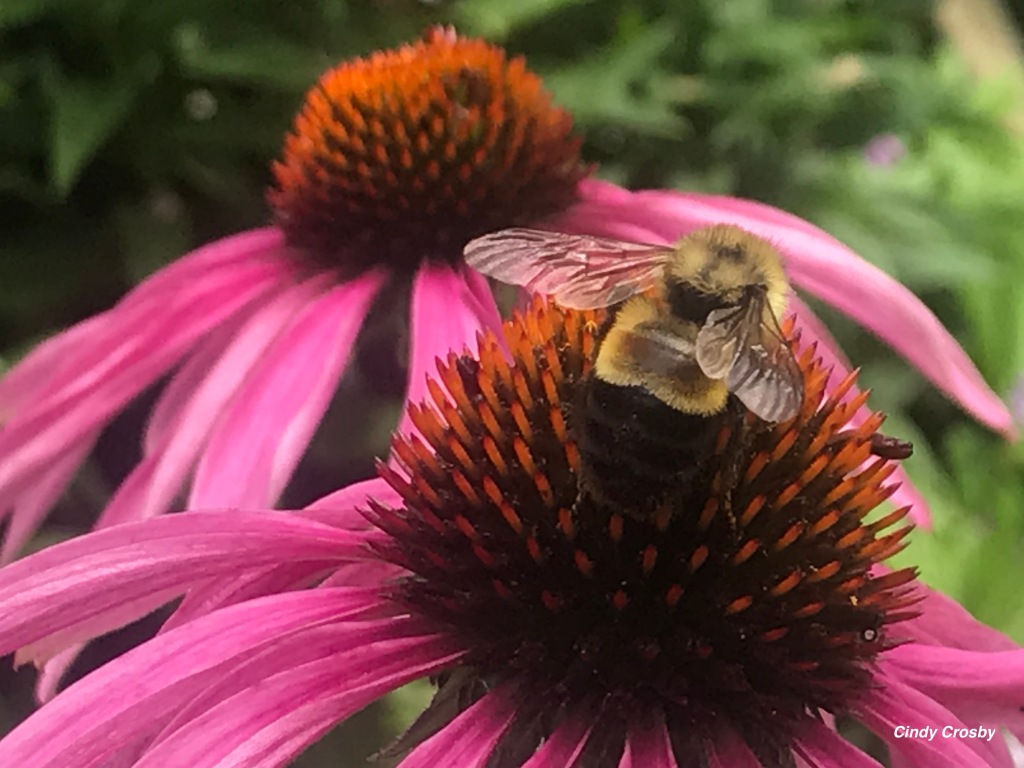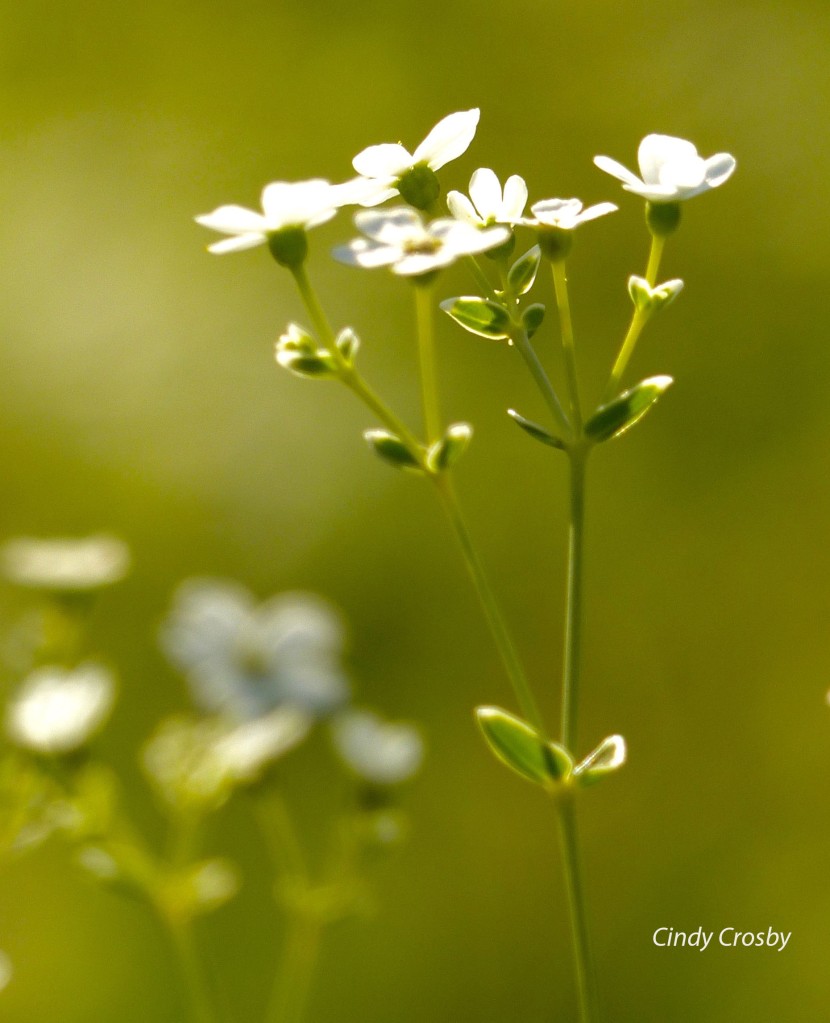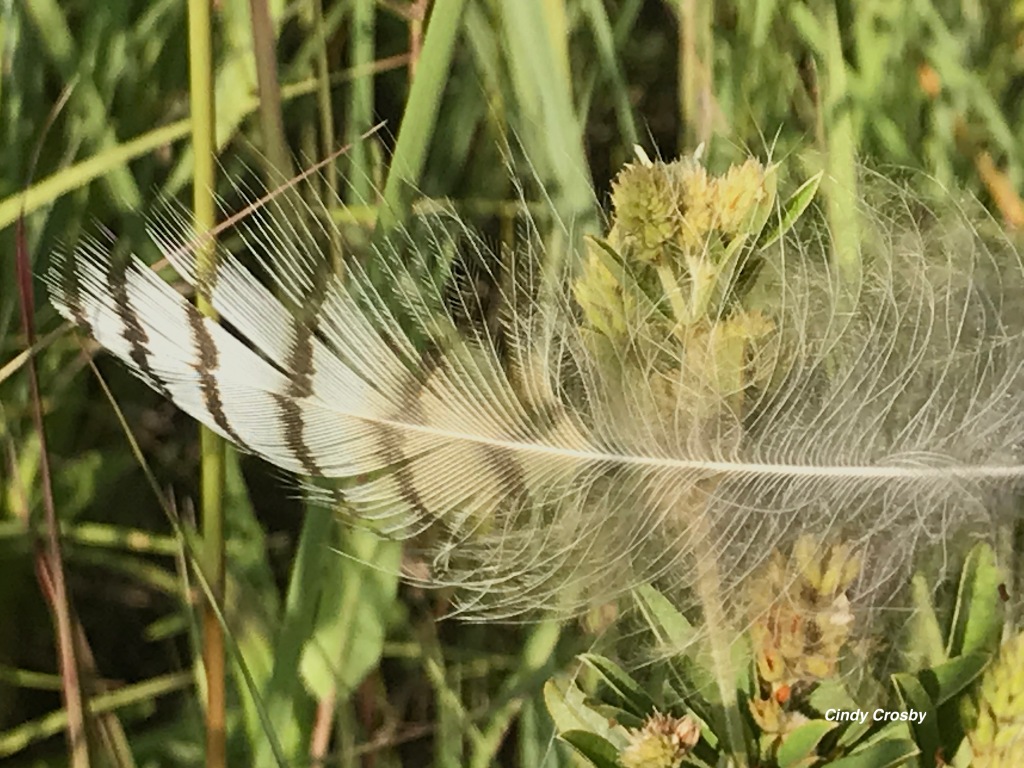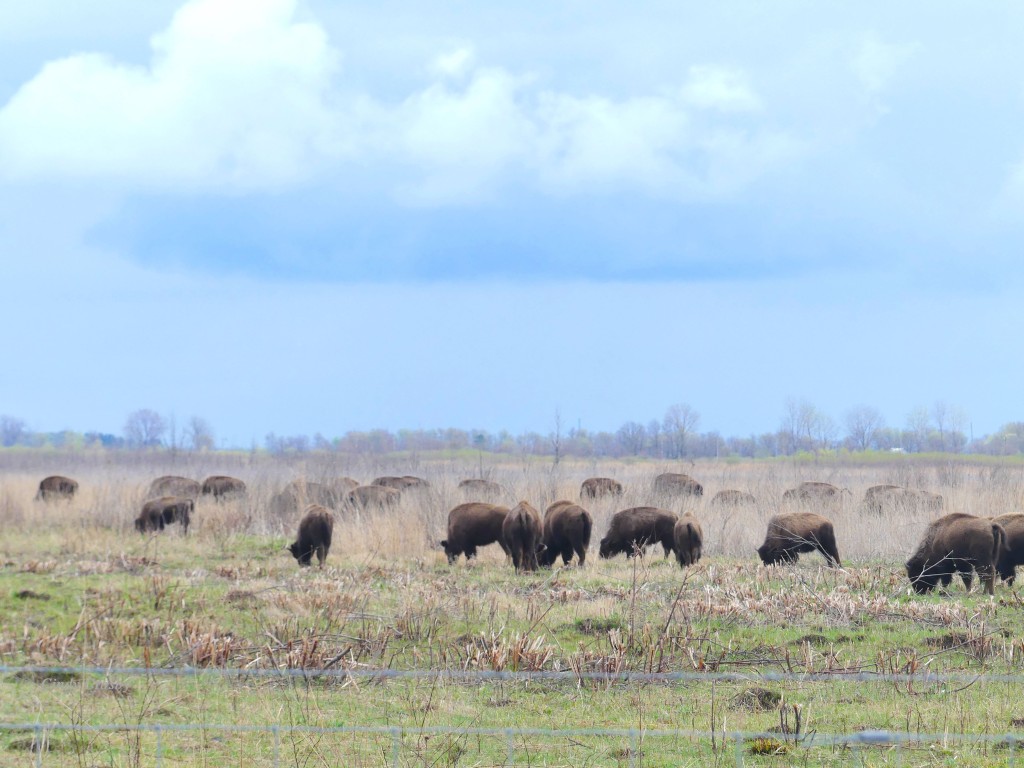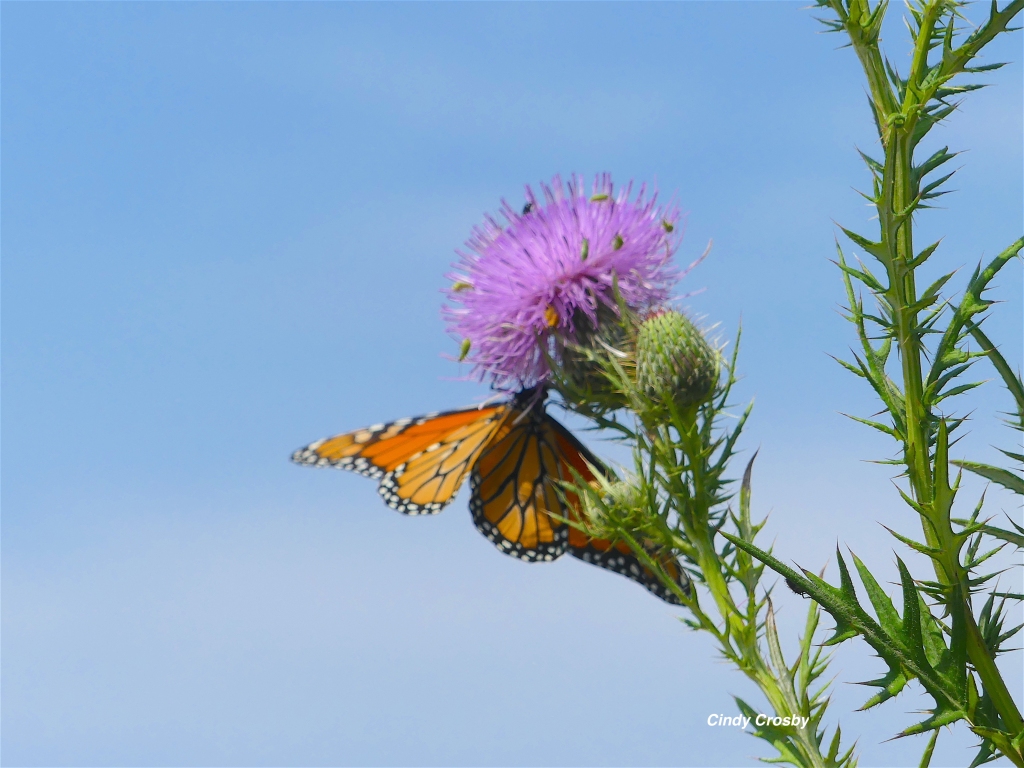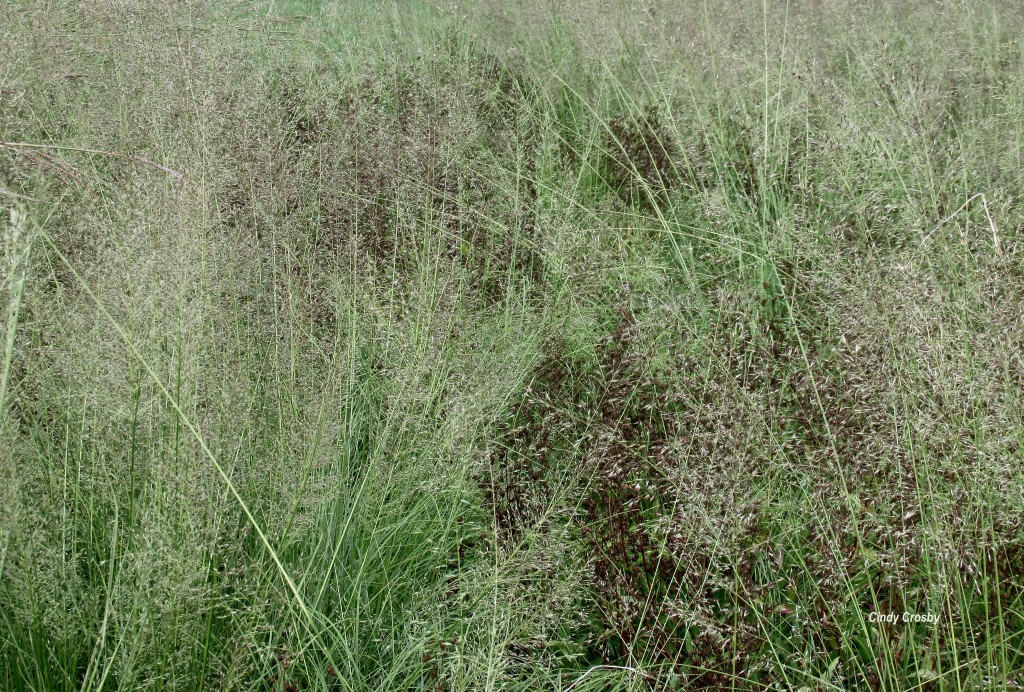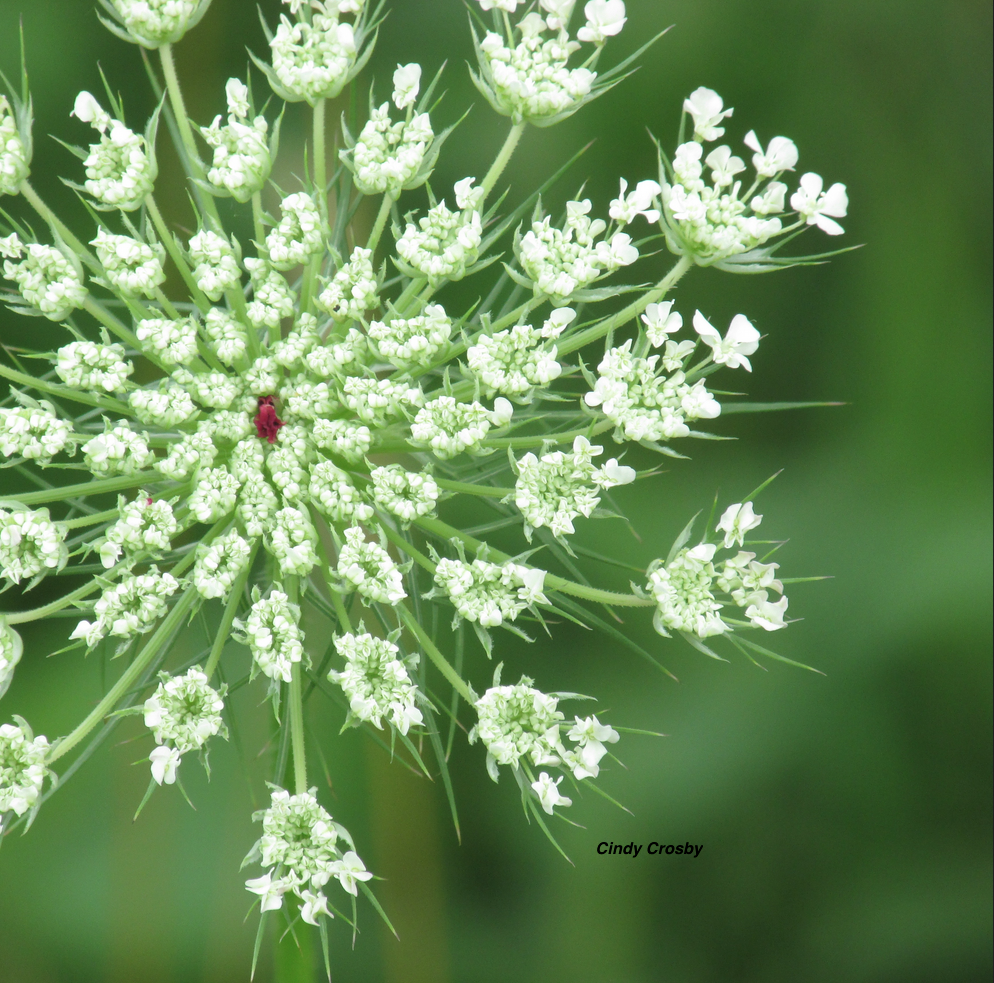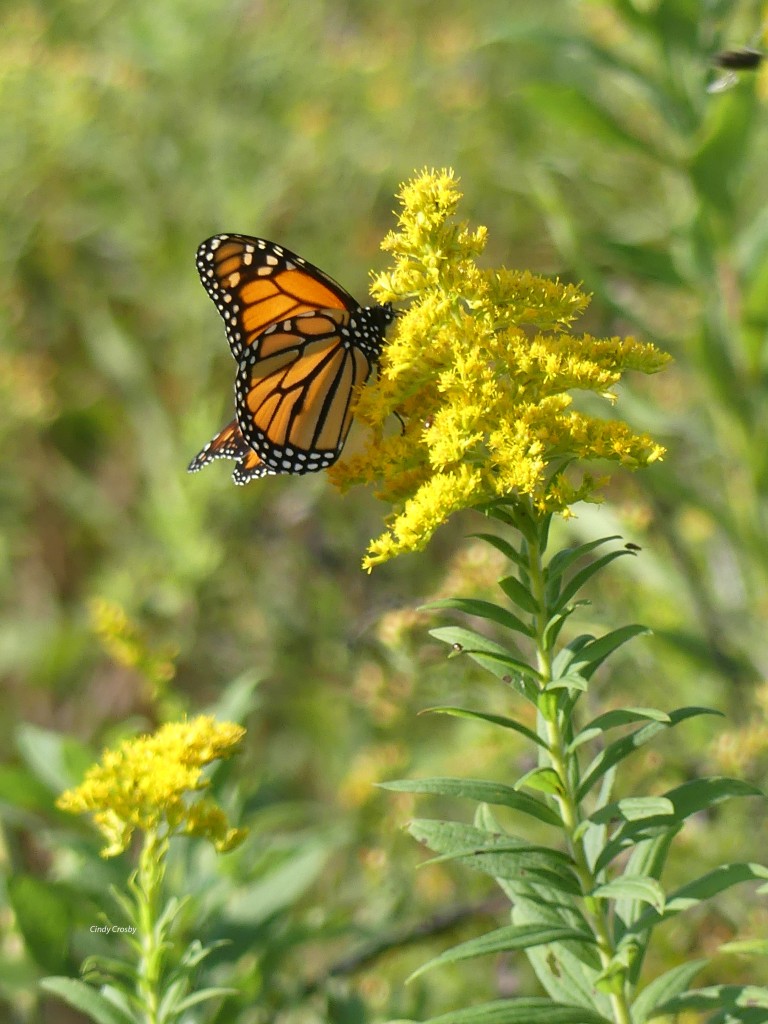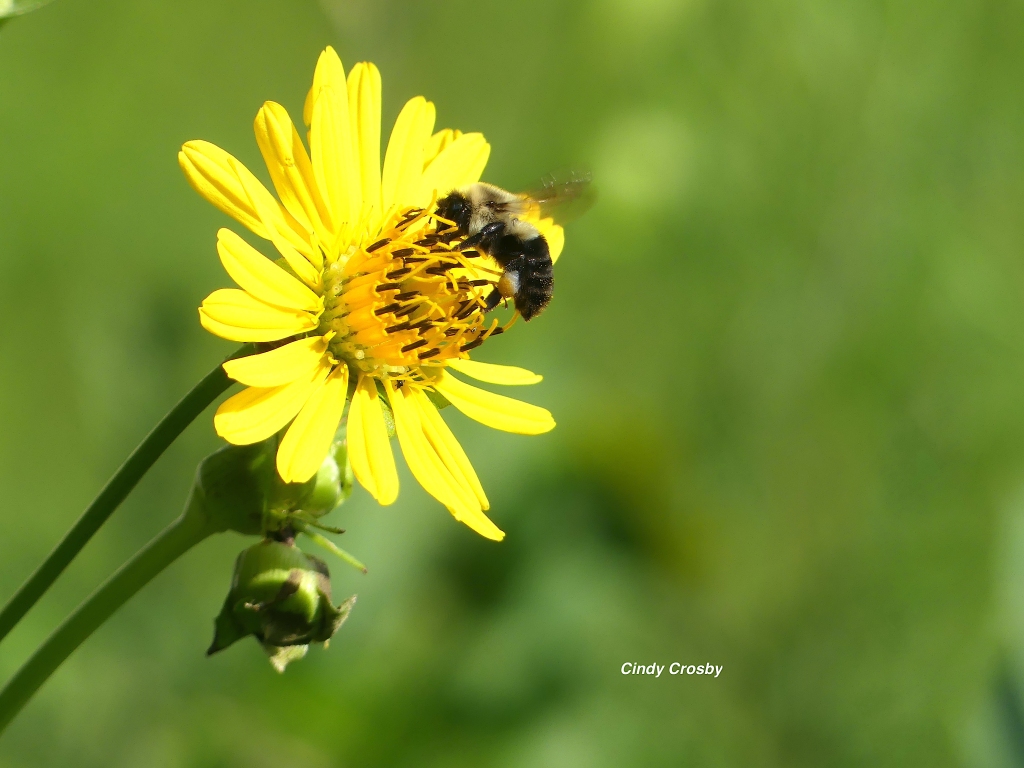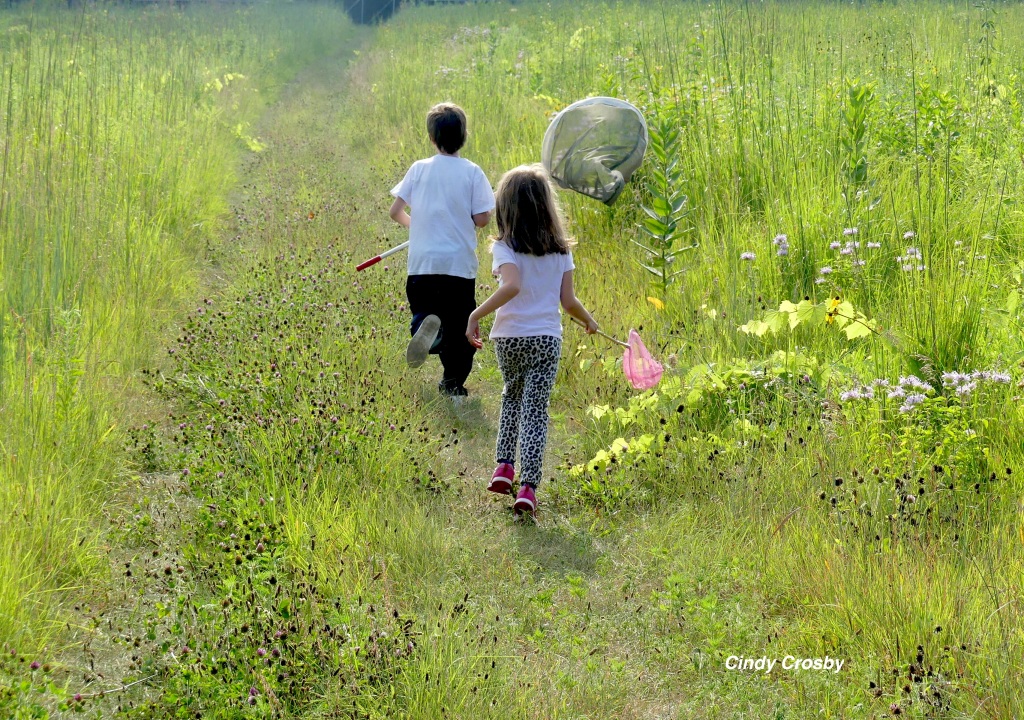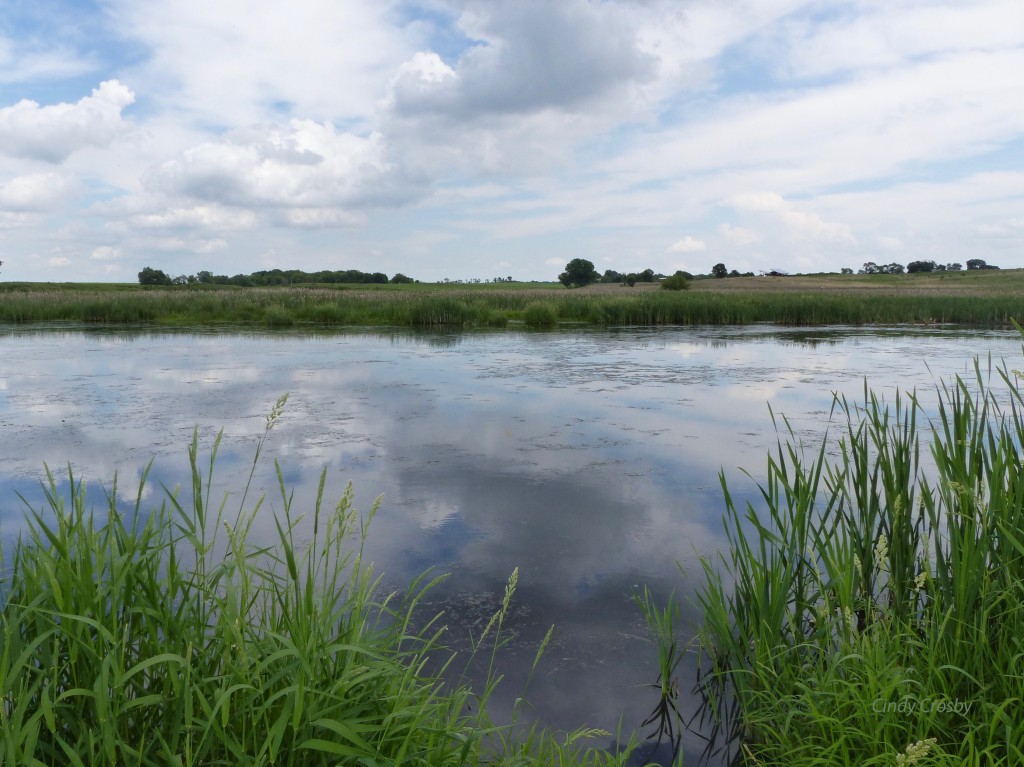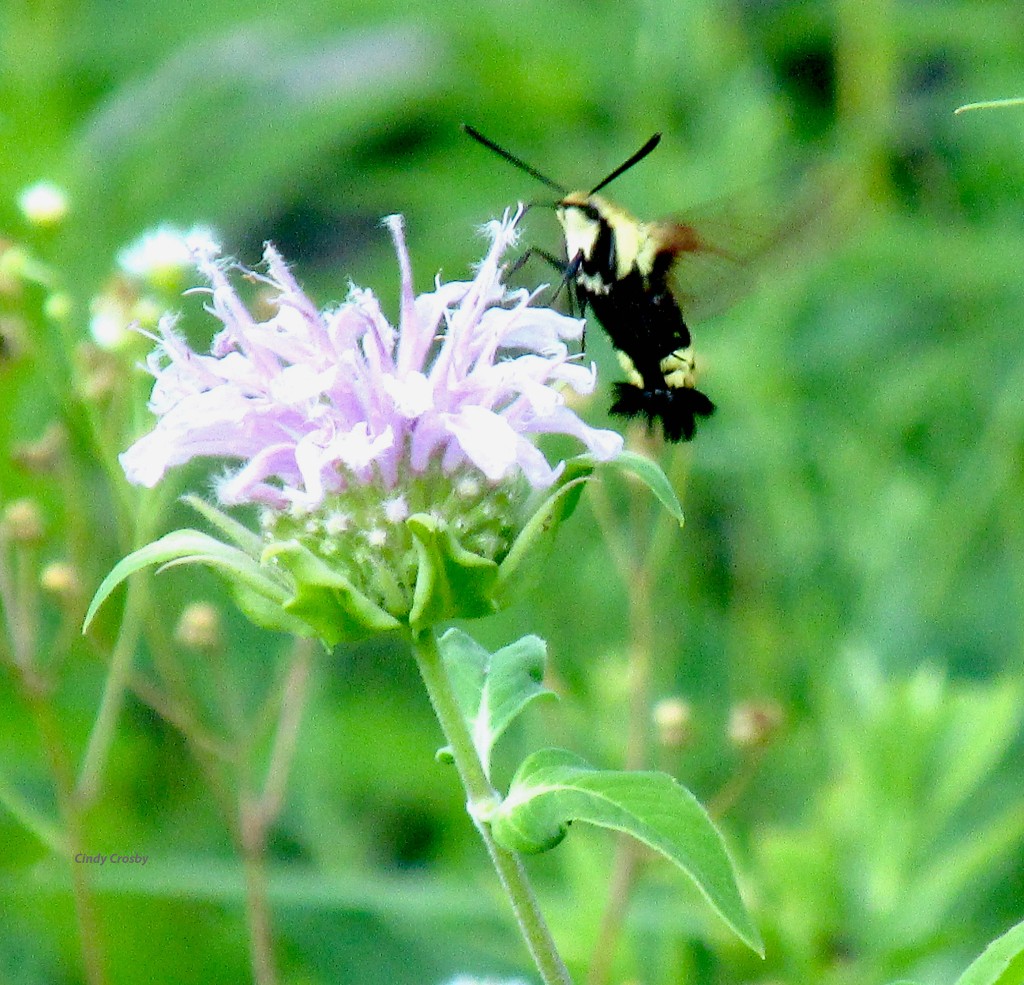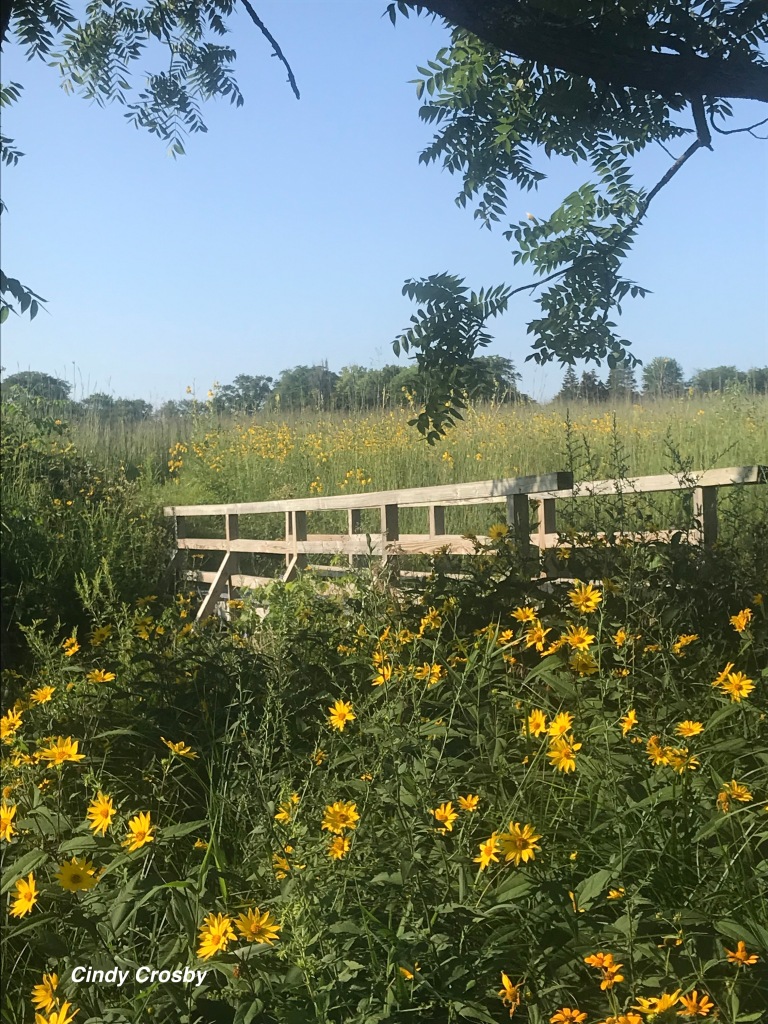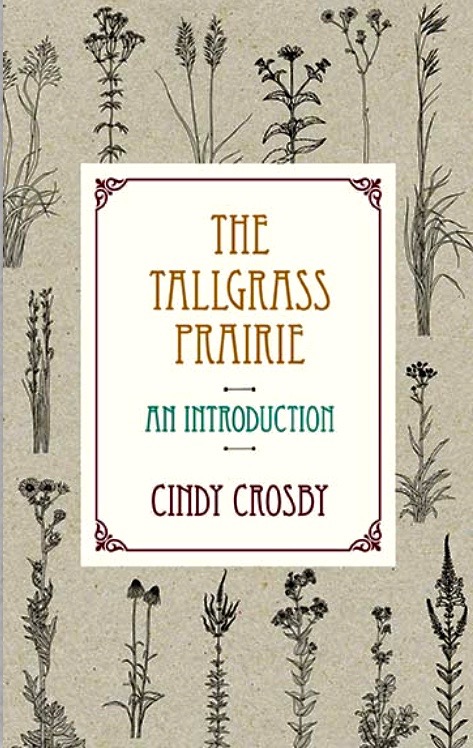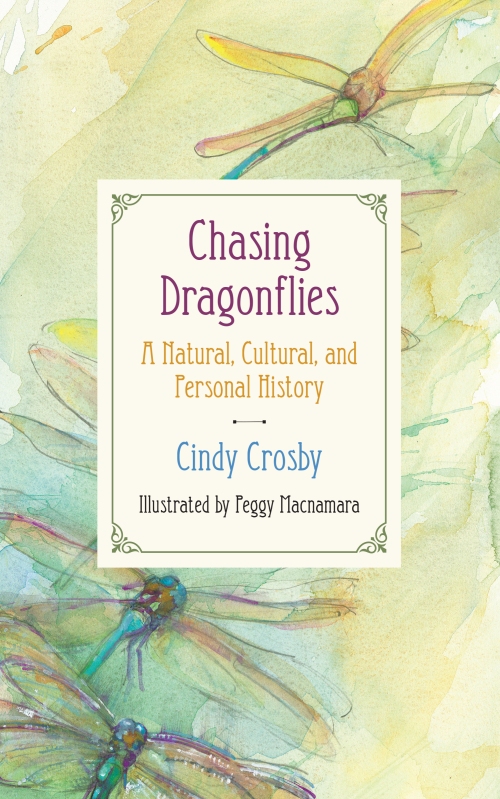“Fire is part of our identity as humans. It’s our ecological signature. —Stephen Pyne
******
It’s that time of year, all across the Chicago region.
Fire season.

The tallgrass prairie remnants and plantings long for fire. They lie flattened, moldering into the ice. A few seeds hang on in the gusty winds.

The prairie streams are caught between freeze and thaw. So much tension! It’s a season of transition.

Each evening, prairie stewards and staff check the forecast. They look for the right combination of humidity and temperature. Wind speed. Wind direction. And…are there enough staff and volunteers to put fire on the ground? The signs of spring are here. It’s time.

In my backyard, I slop through iced mud, checking the garden and prairie plantings for signs of life. I make a mental note to add more compost and topsoil to the beds, which have settled over the winter and are no longer as deep as I’d like.
The fall-planted garlic cloves have sent up shoots.

And—what’s this? The evergreen leaves of my prairie alum root and prairie smoke have vanished! Possibly the work of the chubby bunny I saw under the bird feeders, nibbling on seeds. Ah, well. We’ll see if the damage is fatal in a few weeks. I move on. The marsh marigolds are already leafing out around my small pond. They’ll bloom bright yellow in a week or two.

And speaking of gold, the first miniature daffodils are in bloom, planted among the prairie dropseed. So pretty! I aim for 70 percent native plants in my yard, and about 30 percent traditional garden plants and vegetables. I’m getting there.

After scanning the garden each day, I hike the forest preserves and prairie remnants, soaking up the last views of prairie before it goes up in flames. Today I’m at St. Jame’s Farm, part of the DuPage Forest Preserve in Warrenville, IL. This almost 600 acre preserve was once the country retreat for the wealthy McCormick family, who purchased it in the 1920s. They favored horses and show cows so as well as numerous riding trails, indoor and outdoor horse show arenas, and barns, there are also structures left over from the 1800’s farms.

The McCormick’s also commissioned several sculpture pieces, which are scattered across the grounds. I pause on my hike at the picnic shelter, which surrounds a wishing well fountain, empty for the season. At the center are three leaping dolphins in a fountain crafted by Italian sculptor Fioré de Henriquez.

A sign invites me to make a wish and toss in a coin. My pockets, alas, are empty. Coins in these days of Venmo and Apple Pay, Visa and Mastercard, are in short supply. What would I wish for, anyway?
I think of the bulldozing of Bell Bowl Prairie last week.

Closing my eyes, I make a wish anyway, hoping my lack of coinage isn’t an issue. What do I wish for? A wish for the continued future of prairie remnants everywhere. That we will wake up and realize their importance. That we will continue to push our public officials to put their lip service about the environment into concrete actions.

That the setback of our loss of Bell Bowl Prairie will not discourage us for acting for our natural areas, but rather that the whole disappointing event will be a catalyst for us to wake up and protect the little remaining original prairie we have left.

Wishful thinking? I hope not. The trail I’m on continues into the woodlands, where I scout for the first spring wildflowers. This week has been bitter and blustery.

No blooms today, here in the woodlands. As I pass back into the sunshine close to the farm buildings, I admire some of the prairie plantings along the walks.

Not much plant life left in places. As you’d expect in March.

I think of the root systems stirring in the soil, deep below. Waking up to the warmth and sunlight. Beginning the cycle. Root. Shoot. Bloom. Seed. Senescence.

I also think about the pandemic as I walk. This week, three years ago, we woke up to a lock-down in Illinois. At that time, we thought Covid would be eradicated in a few weeks or months. Little did we know.

The time has passed so quickly.
We don’t know what’s ahead. But I do know I’m ready for the spring, with whatever it brings. You, too?

March has been a reminder of all we’ve been through the past three years. It’s been a season of wind and ice.

I’m ready to put it behind us and move forward.

Bring on the fire.
******
The opening quote is by Stephen Pyne in The Age of Fire, an interview with Anders Dunker. Pyne is the author of many books on fire, including The Pyrocene in 2021, and is professor emeritus at Arizona State University.
*****
Join Cindy for a class or program this spring!
This Friday! The Morton Arboretum’s “Women in the Environment Series”: The Legacy of May T. Watts— (in person and online)—with lead instructor and Sterling Morton Librarian extraordinaire Rita Hassert. March 24, 10-11:30 a.m., in the beautiful Founders’ Room at Thornhill. Registration information and cost available here.
Literary Gardens–In Person: — Wednesday, March 29, 7-8:30 p.m. La Grange Park Public Library, LaGrange, IL. (Free but limited to the first 25 people). For more information, contact the library here.
The Tallgrass Prairie: Grocery Store, Apothecary, and Love Charm Shop: April 4, 7-8:30 pm. Free and open to the public. Presented by the Winfield Area Gardeners. For more information and location, visit here.
A Brief History of Trees in America: April 5 (Closed event for the Illinois Garden Council). Chicago Western Suburbs.
Literary Gardens — In Person — April 11, 7-8:30 p.m., Glenview Garden Club and Glenview Public Library. Free and open to the public, but seating is limited. Register here.
Illinois’ Wild and Wonderful Early Bloomers — Monday, April 17, 5-6 p.m., Rock River Garden Club, Dixon, IL. (Closed event for members)
The Tallgrass Prairie: An Introduction — Tuesday, April 18, Algonquin Garden Club, 12:30-2 p.m. (Closed event for members)
Spring Wildflower and EthnobotanyWalk—Thursday, April 20, 8:30-10:30 at The Morton Arboretum. Registration information here. (SOLD OUT, ask to be put on a waiting list)
The Tallgrass Prairie in Popular Culture –Sunday, April 23, 2-5 p.m. The Land Conservancy’s 32nd Annual Celebration, High Tea at the McHenry Country Club, Woodstock, IL. Tickets are $45-$70 — available here.
See Cindy’s website for more spring programs and classes.








































































